Can lightning strike twice? Fujifilm thinks it can! In 2018 Fuji ceased production of Fuji Acros 100, just before I released a review on the film that turned into a bit of a eulogy. But then in 2019 Fuji announced that they would reintroduce Acros as a new version, Neopan Acros 100 II. Of course, there were already plenty of conspiracies over the source of Acros 100 which translated over to Acros II, ranging from giant master rolls kept in some deep freezer hidden somewhere in the world. And when the first details on Acros II hit the Internet and a box reading “made in the UK” kicked the Internet rage machine into full gear began to circulate rumours that Acros II was simply repackaged Ilford film. A claim that Ilford refuted immediately. And I believe Ilford more than the Internet. But my biggest question was, is there enough difference between OG Acros and Acros II? Being connected to several other camera bloggers who jumped on the new stuff early, and even did a comparison between the two stocks. I realised that yes, there was enough of a difference to warrant a brand new review.

Film Specs
Type: Panchromatic B&W
Film Base: Acetate
Film Speed: ASA-100, Latitude: 50-800
Formats Avaliable: 135, Medium Format (120)
Roll 01 – Kodak D-76
I’ll let you in on a little secret, officially, the only times published for Acros II are the D-76 1+1 times, along with some Fuji developer Microfine (not Microphen) which we can’t get here in North America. I have to say, I didn’t want to like the film. And yet here we are, for a first roll through I am pretty impressed. While I did end up going with the Stock dilution, the results speak for themselves. Everything I like in a good black & white film can be found here. The tonality is perfect, with amazing greys while maintaining clean blacks and whites. The sharpness is dead-on, with super fine grain. And I’m sure the results are just as good with a 1+1 dilution!
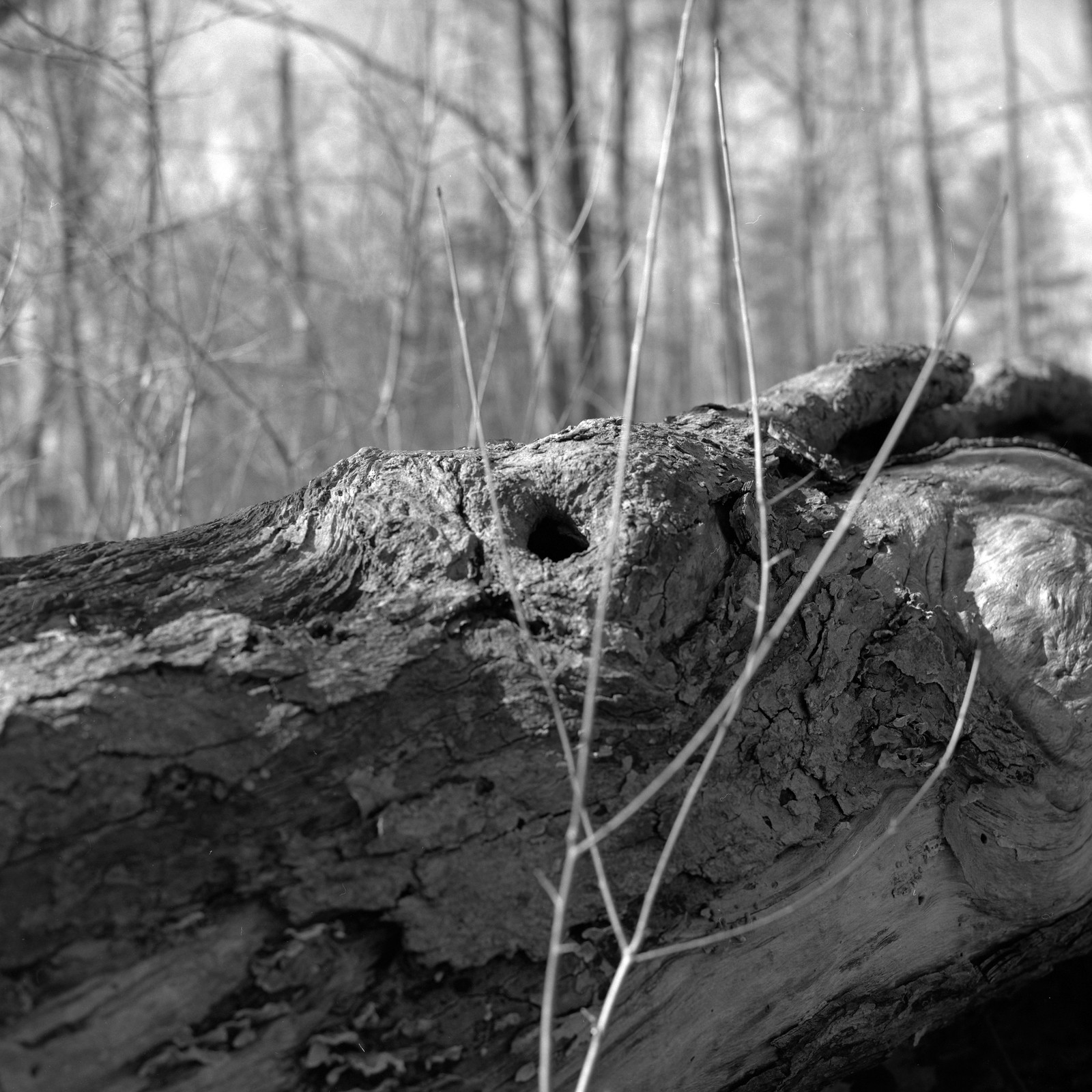
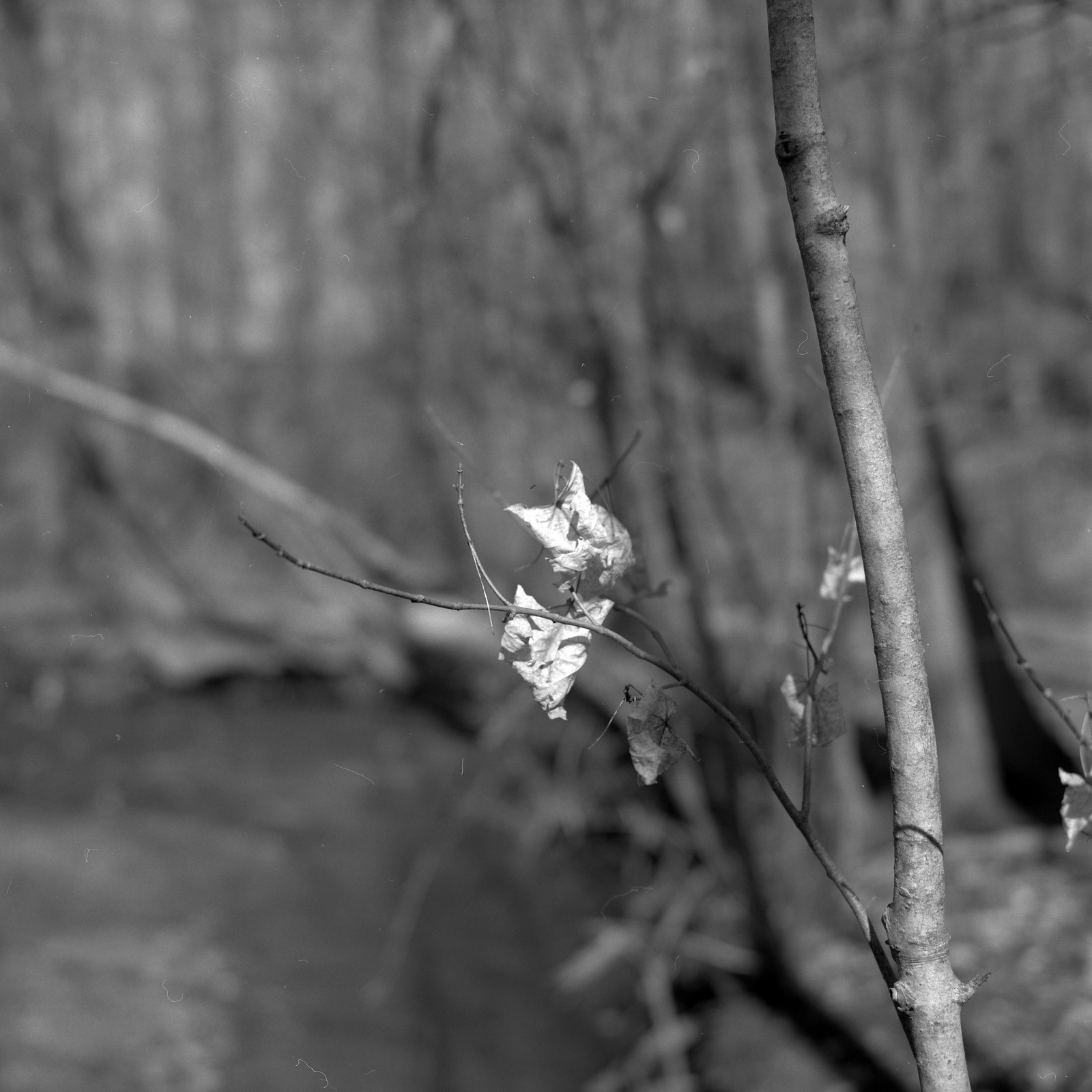
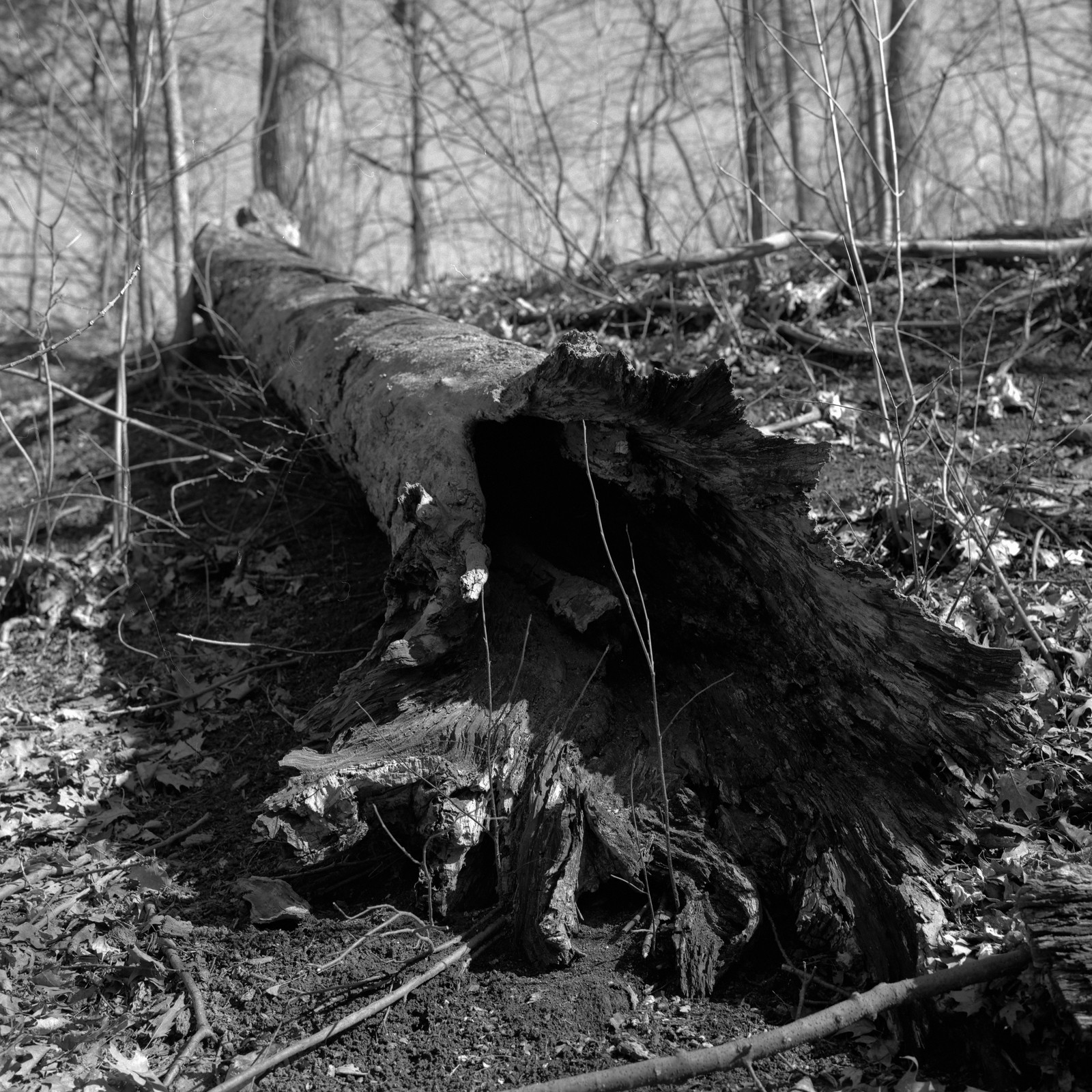

Roll 02 – Kodak HC-110
I’m going to admit, I didn’t shoot Acros 100 a lot, it never was a chosen film for regular shooting. Sure I took it along for some exploring trips, but I don’t think I ever got the feel for the stock. But I do have to say, after pulling the roll from the tank, I stood rather impressed. My original plan was to use Dilution H, but I decided instead to run with Dilution B. I didn’t want to spend another 10 minutes developing after I had already done an hour stand-develop. And you know I’m glad I did, the results speak for themselves. The contrast is right on point for my personal tastes, your blacks are dark and your whites are clean. Plus you run the full spectrum of greys across your mid-tones. Although, I feel that if you think it’s too contrasty, you can knock that back by using either Dilution E or Dilution H. The images are sharp, almost insanely sharp. With that does come with a slight increase in grain, but nothing overly worrying or distracting. The film also responded well to even a Yellow-12 filter in darkening the sky.

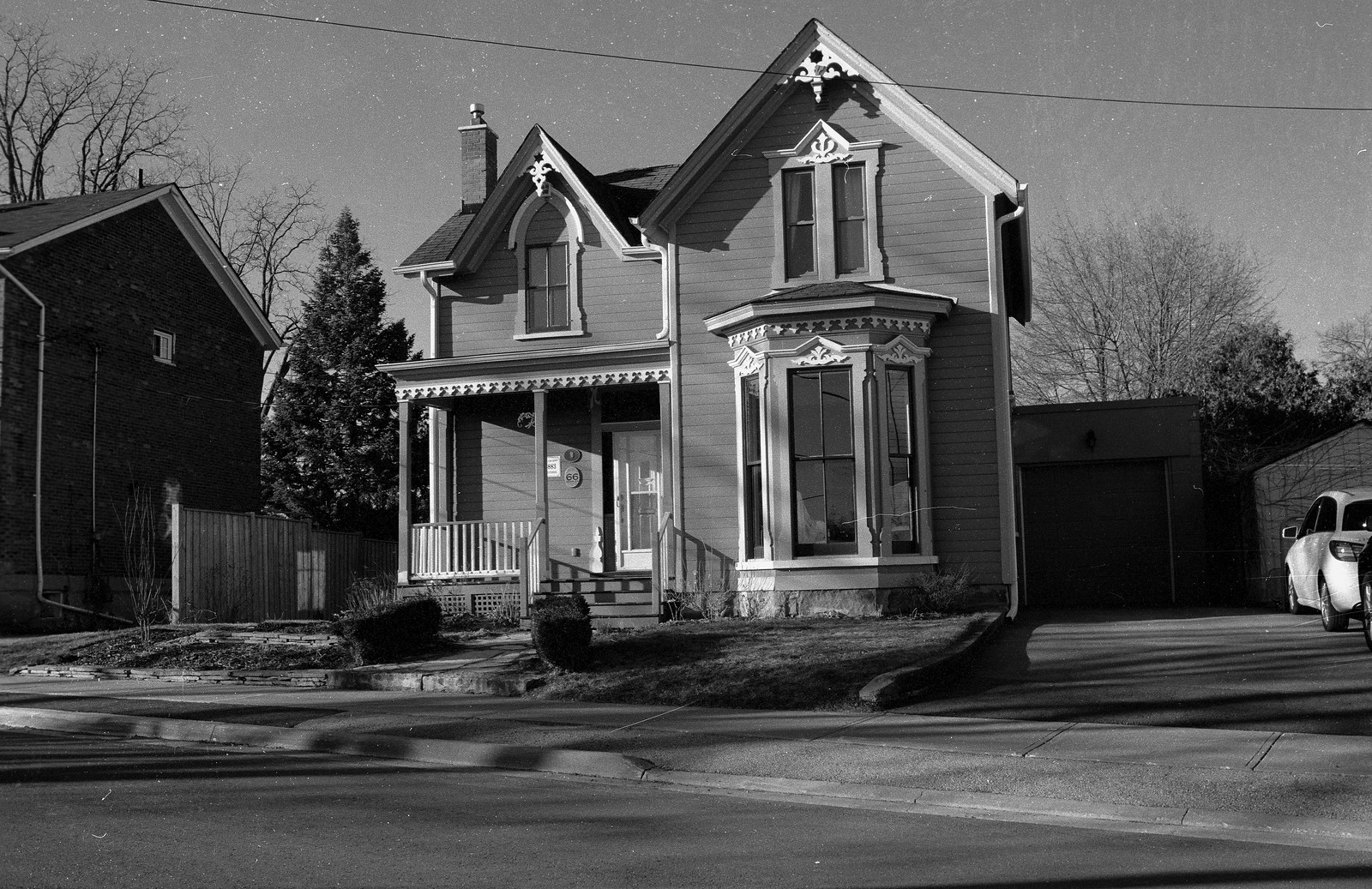

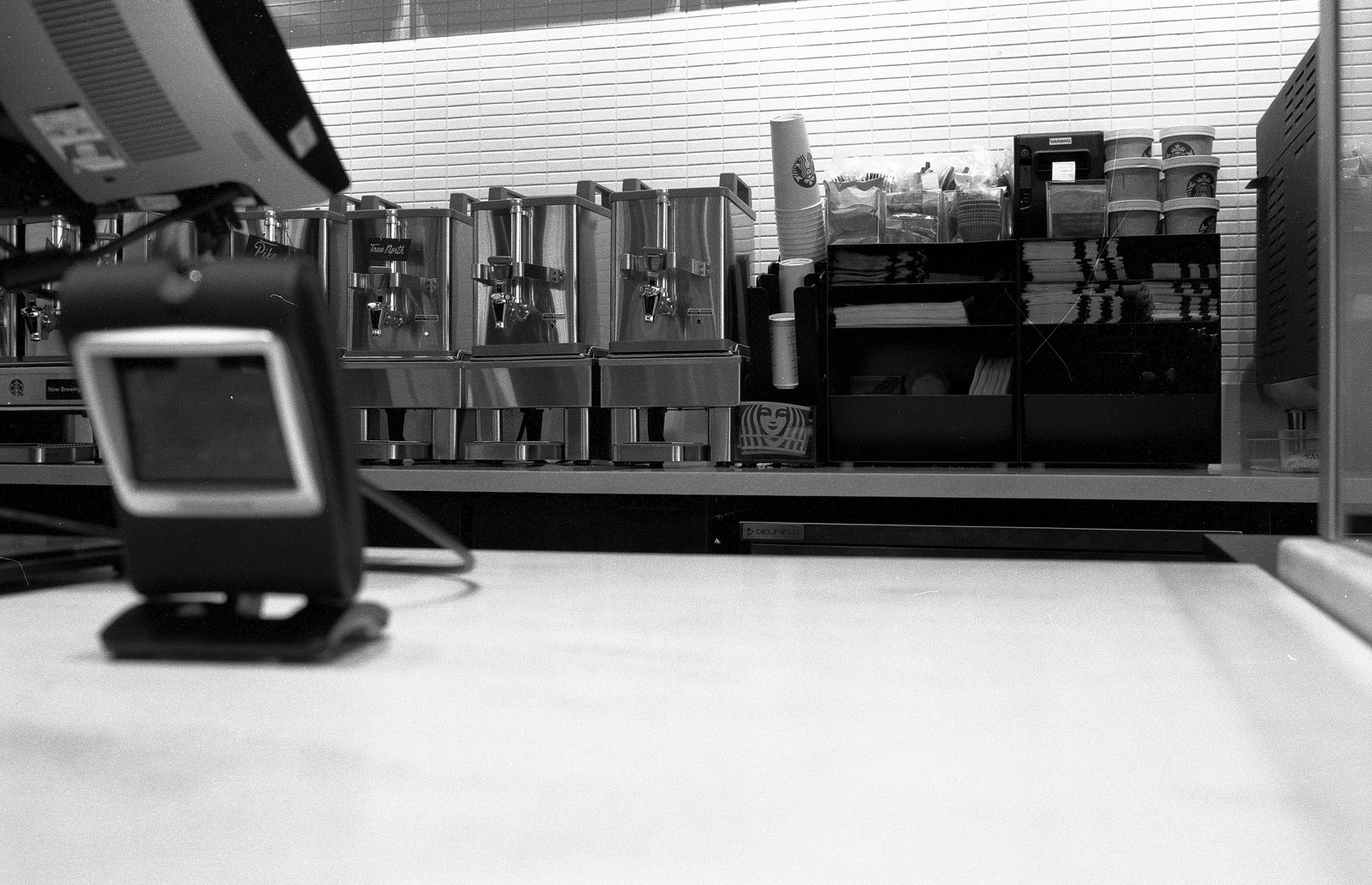
Roll 03 – Rodinal
Now, Acros II wouldn’t be worthy of the Acros name if it didn’t have the same ability to handle long exposure. So I took advantage of having a somewhat empty campus to try out some long exposure work. But I’ll be honest, I never liked Acros in Rodinal, but these images have certainly turned me around. It’s probably the combination of the pull to ASA-64, putting the shadows into Zone III, medium format, and diluting it to 1+50. While the contrast is certainly lower than what I was expecting but you get a lot of detail across the spectrum even into the shadows and highlights. What impressed me was that I didn’t have to compensate for the long exposure. But you also have finer grain than what I was expecting but the images were certainly sharp!

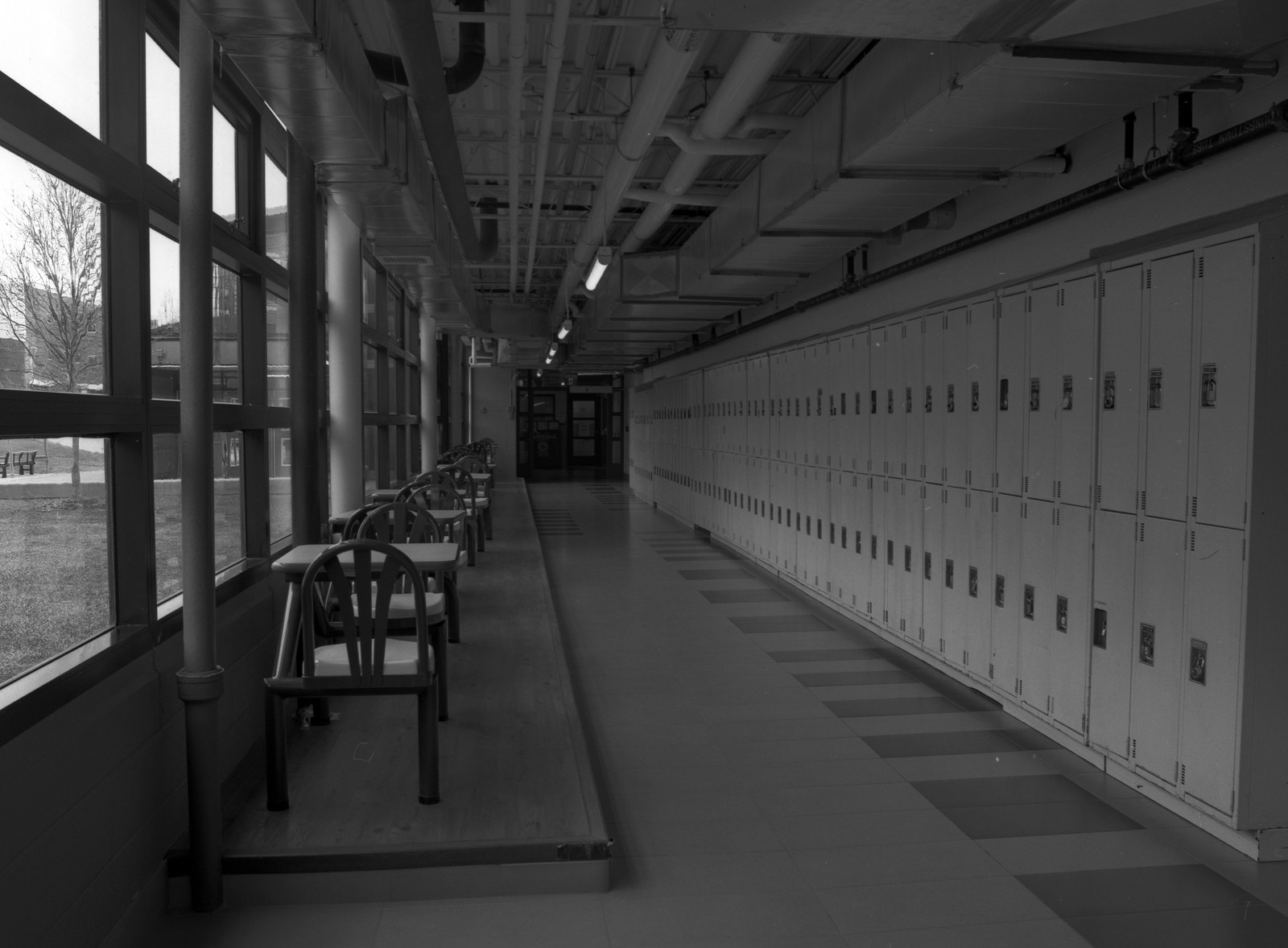


Roll 04 – Ilford Perceptol
Shooting Acros 100 at 80 and developing in Perceptol is the favourite combination for James Lee, a partner in crime photographically speaking. So I knew that I had to develop Acros II, in the same manner, to see if the magic carried over. And just when I thought the film couldn’t surprise me any further it does. If there is one thing that describes this combination is smooth. The tones, the contrast, and the grain. And yet there’s a sharpness to the whole thing, I can see why it’s a preferred combination. I’m sure these shots would look just as good at full box speed.
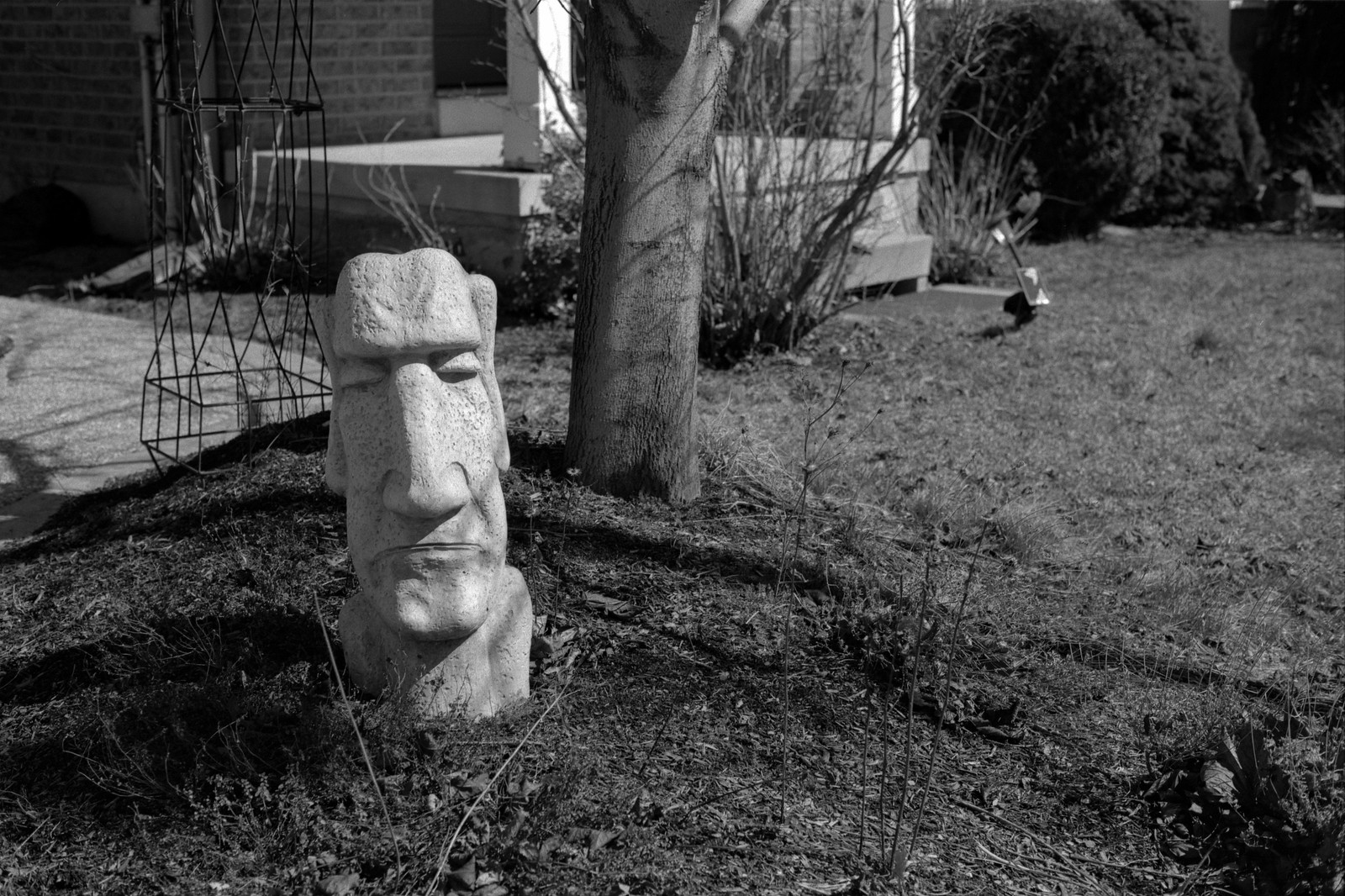



Final Thoughts
The one thing about the new stuff that I’m disappointed at finding is that the 120 film lacks the self-adhesive tape for sealing your roll, they’ve gone back to the old lick-and-stick style. Which tastes horrible and feels worse on the tongue. Another change is that the tape that holds the film onto the backing paper is back to the normal masking tape rather than the easy tear that you find on other Fuji films. Say what you will about Fuji, the cancellation of OG Acros had to happen. The lack of materials needed to continue manufacturing and slow down in film sales force any company to rethink and rescale production. Is Acros II the same as Acros? It’s pretty close, to be honest. In fact, you have probably seen some of the roll one images in a previous post where I compared the images to a similar set of images I shot on OG. There are differences of course, but when you’re rebuilding a film with a new set of raw materials. Now, these rolls I got through Freestyle which brought them into North America from the Japanese market, but back in March Acros II hit the North American market. This film is far from cheap, but these days you don’t shoot film to save money. Will I buy this film again? I just might, if I need to have the amazing reciprocity of the film, for any long exposure work it would be worth the purchase of a roll or two depending on what I’m doing. Acros II is available from most brick-and-mortar photography stores and from the usual online sources we all know and love.